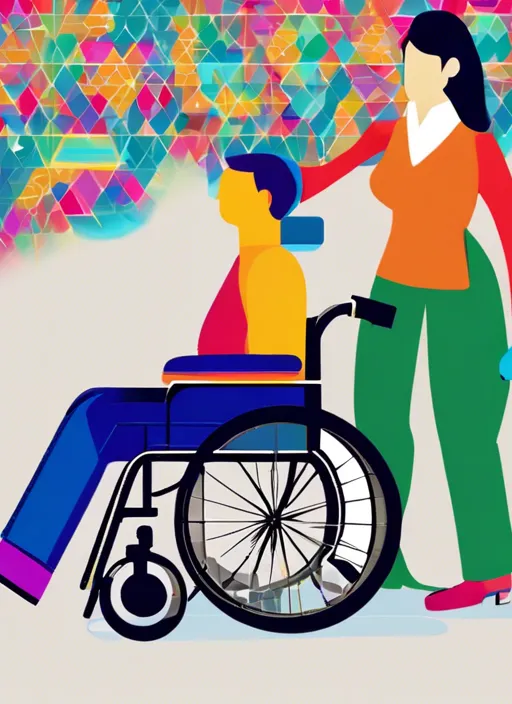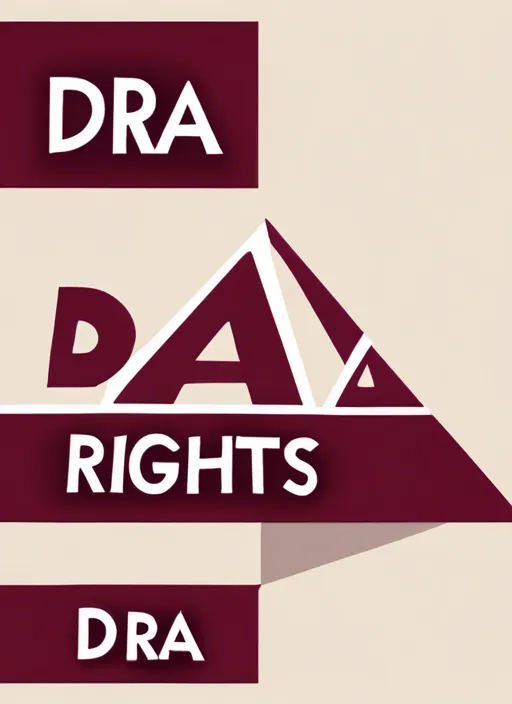
How AI Tools Can Empower People with Disabilities in the Workplace
Introduction
Artificial intelligence (AI) is revolutionizing workplaces across various industries. For people with disabilities, AI is more than just a tool for efficiency—it is an empowering force that enables accessibility, inclusivity, and independence in the workplace. With advancements in AI-driven assistive technologies, individuals with disabilities can overcome barriers that may have previously limited their ability to work effectively.
In this article, we will explore how AI tools can help people with disabilities in their work, improve productivity, create an inclusive work environment, and drive career growth.
The Role of AI in Enhancing Workplace Accessibility
AI has the potential to level the playing field for workers with disabilities by providing customized support tailored to individual needs. It can address challenges related to mobility, communication, sensory impairments, cognitive differences, and more. Here are some key ways AI is making workplaces more accessible:
1. AI-Powered Assistive Technologies
AI-driven assistive technologies provide solutions that enhance independence for employees with disabilities. Examples include:
• Screen Readers & Text-to-Speech (TTS) Tools: AI-powered screen readers like JAWS (Job Access With Speech) and NVDA (NonVisual Desktop Access) help individuals with visual impairments navigate digital content effortlessly.
• Speech-to-Text Transcription: Tools like Otter.ai, Google Live Transcribe, and Microsoft Dictate convert spoken words into written text, enabling communication for those with hearing impairments.
• AI-Powered Wearables: Devices like the OrCam MyEye assist blind individuals by reading text, recognizing faces, and identifying objects.
2. Improving Communication with AI
For employees with hearing, speech, or cognitive disabilities, AI facilitates clearer communication by:
• AI-Powered Captioning & Real-Time Subtitles: Microsoft Teams, Zoom, and Google Meet offer real-time captions to support employees with hearing impairments in virtual meetings.
• AI Chatbots for Communication Assistance: AI chatbots like ChatGPT help employees formulate responses, draft emails, and articulate thoughts more clearly.
• Translation and Speech Recognition: AI language models assist non-verbal individuals by translating sign language or generating synthesized speech.
3. AI and Physical Accessibility
AI-driven robotics and smart devices make workplaces physically accessible for employees with mobility impairments:
• AI-Powered Robotics: Automated robotic assistants help individuals with limited mobility perform daily tasks like retrieving documents or moving around the office.
• Voice-Activated Smart Assistants: Devices like Amazon Alexa, Google Assistant, and Apple Siri enable hands-free control of digital systems, reducing the need for manual interactions.
• Autonomous Vehicles & AI-Driven Transport Solutions: Self-driving cars and ride-hailing apps with AI-powered accessibility features provide safe and independent transportation options.
AI-Driven Workplace Productivity Tools for Employees with Disabilities
AI-powered workplace tools enhance productivity, organization, and efficiency for individuals with disabilities. Here are some AI-driven tools that support diverse needs:
1. AI for Cognitive and Neurodivergent Employees
People with ADHD, dyslexia, autism, and other cognitive conditions benefit from AI tools that help them stay organized, focused, and productive:
• Time Management & Focus Assistants: Tools like RescueTime, Brain.fm, and Freedom help neurodivergent employees minimize distractions and improve focus.
• AI-Powered Writing Assistants: Grammarly, ProWritingAid, and Microsoft Editor provide real-time grammar and clarity suggestions, helping individuals with dyslexia or processing difficulties express their ideas effectively.
• Automated Task Management: Notion, Todoist, and Trello AI help employees organize tasks and deadlines, reducing cognitive overload.
2. AI in Remote Work and Virtual Collaboration
AI enables remote work opportunities, ensuring that employees with disabilities can work from comfortable and accessible environments:
• AI-Powered Virtual Collaboration: Platforms like Slack, Microsoft Teams, and Asana integrate AI features that enhance teamwork and communication for remote employees.
• Speech-to-Text Dictation: AI transcription tools allow individuals with mobility impairments to dictate emails and reports hands-free.
• Smart Scheduling Assistants: AI tools like Clara, Motion, and Reclaim AI automate scheduling tasks, minimizing manual effort.
3. AI-Powered Career Advancement and Training
AI helps individuals with disabilities upskill, access education, and advance their careers by offering:
• AI-Powered E-Learning Platforms: Adaptive learning systems like Coursera, Udemy, and LinkedIn Learning personalize course recommendations based on individual needs.
• AI-Based Job Matching: Platforms like Inclusively, AI Recruiter, and Pymetrics use AI to match job seekers with disabilities to inclusive employers.
• Mentorship and AI-Powered Career Guidance: AI-driven career coaching tools provide tailored advice, resume optimization, and interview preparation assistance.
AI in Creating an Inclusive Work Environment
Organizations can use AI tools to foster inclusivity and diversity in the workplace. Some ways AI contributes to workplace inclusion include:
1. AI-Powered Bias Reduction in Hiring
AI-driven recruitment platforms analyze job applications and conduct unbiased candidate evaluations, ensuring fair hiring processes for people with disabilities. Examples include:
• HireVue AI Video Interviews: AI evaluates responses based on skills rather than physical ability.
• AI Resume Screening: Tools like Pymetrics match candidates based on cognitive and emotional abilities rather than traditional metrics.
2. AI for Workplace Accessibility Compliance
Employers can use AI to ensure workplace compliance with disability regulations such as the Americans with Disabilities Act (ADA):
• AI Auditing Tools: Accessibility checkers like AXE and WAVE scan websites and documents for accessibility compliance.
• Automated Workplace Modifications: AI-driven ergonomic assessments ensure that workspaces accommodate diverse physical needs.
3. AI in Employee Well-Being and Support
AI assists employees with disabilities in maintaining mental health and well-being:
• AI-Powered Therapy and Counseling: Chatbots like Woebot and AI-driven mental health platforms provide support for stress and anxiety.
• AI-Enabled Employee Support Systems: AI-based HR tools help individuals request accommodations and support without stigma.
The Future of AI and Workplace Accessibility
AI is continuously evolving, and its role in supporting people with disabilities will only expand. Future advancements may include:
• Brain-Computer Interfaces (BCIs): AI-powered BCIs could allow individuals with severe physical disabilities to control computers and devices using their thoughts.
• More Advanced AI-Powered Wearables: AI-driven prosthetics and exoskeletons will enhance mobility and physical capabilities.
• Hyper-Personalized AI Assistants: Future AI models will provide even more tailored support, adapting to each user’s unique needs.
Conclusion
AI is a game-changer for people with disabilities in the workplace. From improving accessibility and communication to boosting productivity and career growth, AI-driven tools enable individuals to work efficiently, independently, and confidently. Employers and organizations must continue embracing AI innovations to create inclusive workplaces where all employees can thrive.
As AI technology advances, it will open even more doors for people with disabilities, transforming the future of work and ensuring equal opportunities for everyone. By leveraging AI tools, we move closer to a world where disability is no longer a limitation, but a strength enhanced by technology.
Disability Rights Advocate
3 Keswick A
Deerfield Beach, FL 33442
Private Policy
Terms & Conditions

